The SR Socially Relevant Film Festival was originally founded in 2013 by Nora Armani, a renowned actress and director who was born in Egypt to Armenian parents.
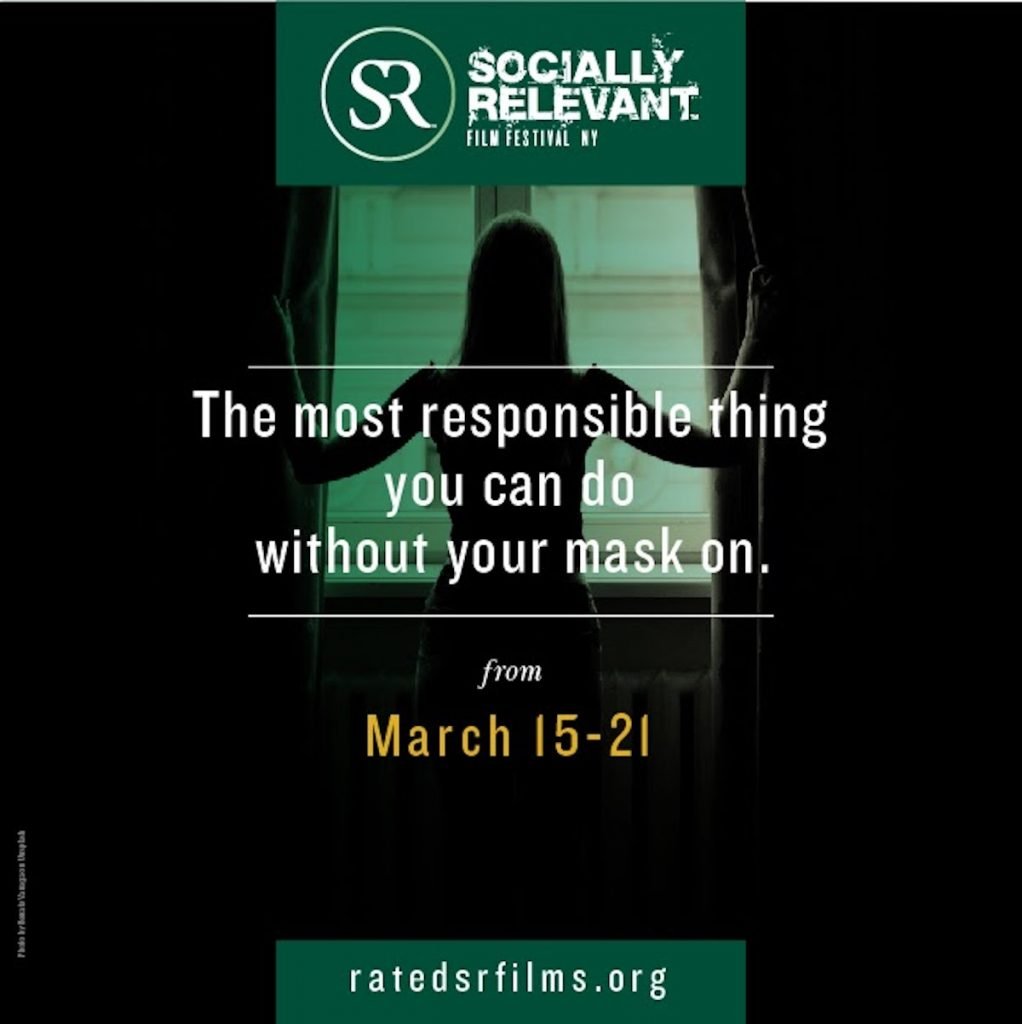
After a horrific hate crime, in which two beloved family members were murdered, Armani sought to create a film festival that focuses on critical social issues to bring about more awareness and advocacy rather than highlighting blockbusters.
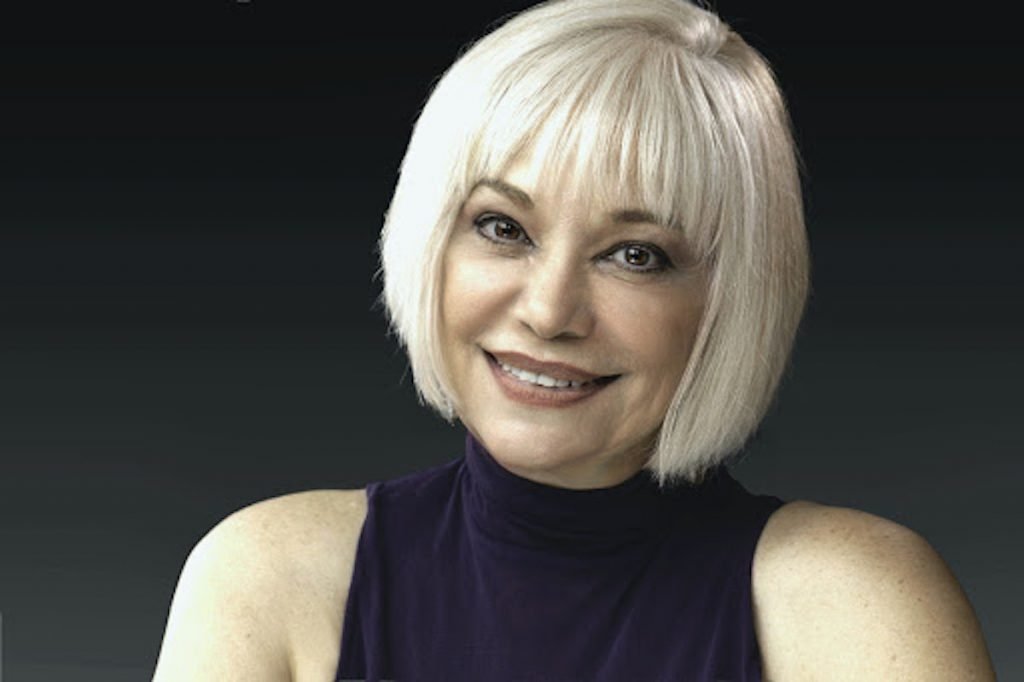
Now, as the festival heads into its 8th Annual edition, Armani discusses her goals surrounding the founding of this festival and the trajectory of its evolution. Armani also speaks to the ways in which the event adapted in light of the pandemic and what we can expect from this year’s Socially Relevant Film Festival.
You’re an actress and director as well as the founder and artistic director of the SR Socially Relevant Film Festival. You have mentioned that you started this organization in response to the gratuitous violence that takes up the majority of our screens—could you speak to this? What were your goals when founding this festival?
Before I founded this festival, I had already guest curated a lot of film events and festivals, so I knew how much work it goes into setting up a festival, and I had told myself never to do such a thing! Then in 2013, I was getting a bit tired of seeing all the violence on screens.
I think there is a direct correlation between the rise of violence in real life and violence that we see onscreen. While you can choose not to watch violent films, you cannot close your eyes every time you see a poster with a gun, knives, or other violent imagery on it.
I felt that we need to think about an alternative form of entertainment that doesn’t dwell upon violence. It was also almost the 10th anniversary of the violent murder of my cousin and my uncle [who were killed] in a hate crime.
I felt I could work to commemorate this through an anti-violence initiative. Since my master’s degree is in Sociology, and I’ve always been very socially conscious, I eventually expanded it to include all sorts of social issues. To honor my cousin, I created an award called the Vanya Exerjian Empowering Women and Girls Award.
As you mentioned, the festival was founded in 2013, making this the Eighth Annual film festival! How has the festival grown over the years and changed with the times?
I had the idea for the festival in 2013, but it took a year to prepare it. I didn’t know how to create a film festival from scratch. It has evolved over the years. Initially, there were a couple of issues and themes that I definitely wanted to focus on, so I set out looking for those. Then, I realized that I should listen to the filmmakers!
We typically showcase between 55 to 70 [films]. The first year, we started with 56 films from over 30 countries. One year we went all the way to 72 films! The first year, the festival took place at the Quad Cinema, a family-run, 40-year-old business. It was one of the first art houses in New York and [the owner] was very supportive of the festival. The owner of Quad gave the winning feature film a one week free run at the cinema.
Many people believed in this mission and this festival. I mention this because I want to acknowledge the people who were there when I needed them. Without their support, the festival would not exist.
The second year, we were contacted by the German Consulate General who said they’d be happy to sponsor any German films we showed. It became a little bit easier as I gained more confidence. Now, our history has proved that our concept can be executed.

The festival itself begins on March 14 and ends on March 21—what can the audience expect from this year’s festival?
Last year, when we migrated online, we had to limit screening availability to 48 hours each film. Now, audiences can watch the films anytime during the entire week!
Only the panels with filmmakers—which correspond to the 12 themes we have this year—have a fixed schedule. We also have additional panels beyond the 12: a panel featuring female filmmakers on International Women’s Day, a SAG-AFTRA-organized low budget film production workshop, a workshop about PR publicity, press, and media and their importance in the successful distribution of a film.
Another panel is about Empowering Women and Girls, which we are participating in as part of the NGO CSW 65th forum that the United Nations Organization holds every March. Thousands of women from all over the world participate. They are doing it online like we are, and we are showing a number of films in their exhibit booth.
We also have one-on-one consultation sessions with some interested filmmakers. Consultations are available with Jordan Mattox, a New York distributor who has been in the distribution business for over 10 years and now runs a company called Aspect Ratio. All this information is on the schedule excel sheet on our website! There is a little opening launch on March 14 and a closing award ceremony on the 21st.

What is the process for selecting the films that you show?
Sometimes, upwards of 500 films are submitted to us. It’s not humanly possible for any single person to sit down and watch 500 movies in a short period of time, so there is a selection committee. They are from all walks of life—some people have been with the festival for a long time while some people have just joined.
The committee then watches the films and chooses which ones to showcase. Some films are lacking either in terms of the idea or the production values and are initially eliminated. The “maybes” are put aside. Then, we focus on the acceptances.
That’s where I come in—if many festival teammates have seen a film and they say it’s good, I absolutely have to see it, and that’s when the program starts taking shape. This year, because the streaming platform has a different way of organizing the films, I went ahead and organized everything according to themes.
Some festivals pick the films that are doing well on the circuit. As a result, you end up seeing the same film appear across all festivals. We wanted to make sure that we favor the filmmakers who submit to us on our submission platform, and to give a chance to focus on a film or films that otherwise would not have been seen. That is the mission that I’ve taken upon myself.
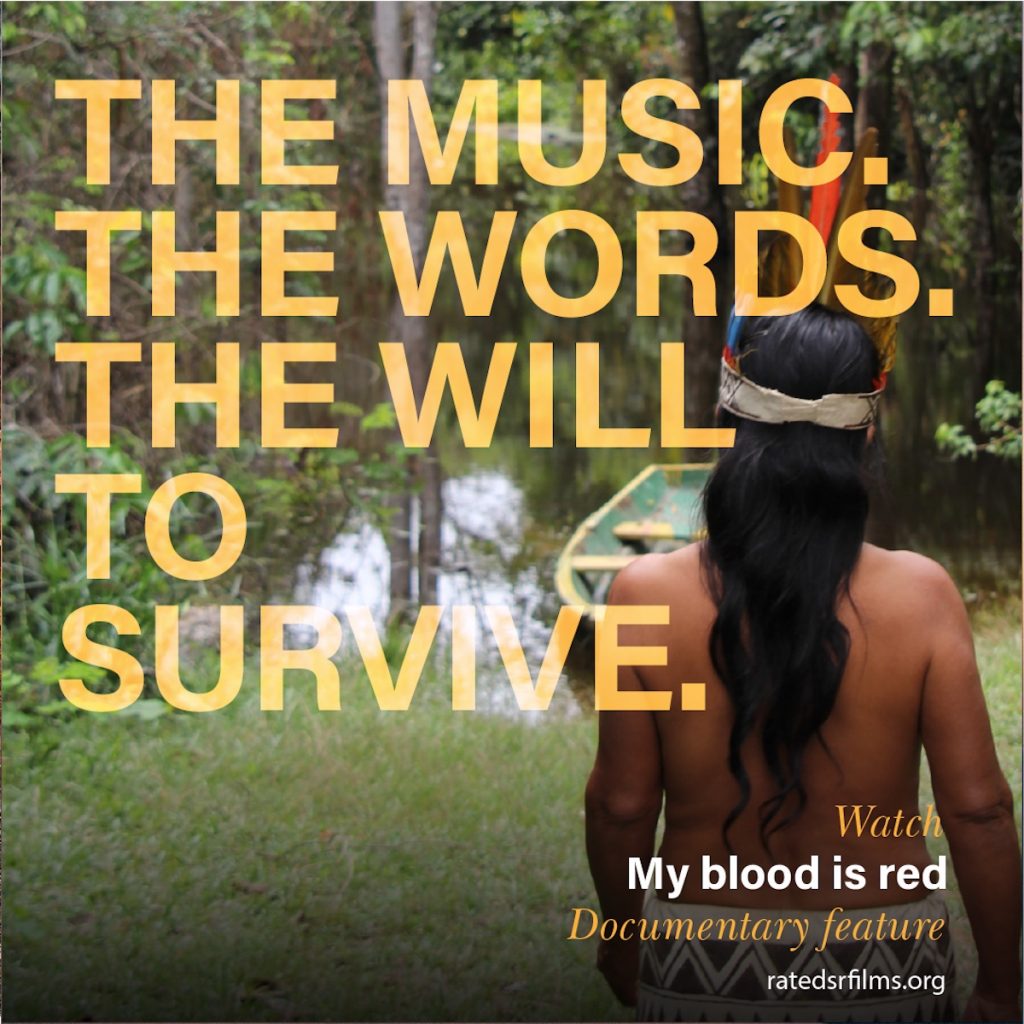
This year, you have 12 themes, or categories, that the films fall under. Can you speak a little more about the themes that you have this year and how they came to be?
This year, we have 63 films from 33 countries divided into 12 themes. Sometimes a film addresses more than one theme. Maybe it’s about immigrants who are resisting or protesting, so, the film could be categorized under “Forms of Protest” or “Immigration and Migration.”
Or, if the film is about migrant women, it could go under the “Empowering Women” section or the “Immigration and Migration” section. We look at the strongest point of [the film] in order to categorize it.
The shorts are grouped together under a heading and theme, so you’re not sitting and watching a short about one thing and then watching another short about a completely different issue. That could take someone out of it!
So, as a matter of choice, I prefer to have thematic unity. When a feature film is put into the program, whether it’s a documentary feature of 52 minutes and over, or a narrative feature, I see if there is a short under 10 minutes [that corresponds].
You don’t want to sit and watch a 20 or 30 minute short and then watch a feature—it’s too much! However, you can watch a 6-8 minute short as an introduction that may pertain to the same theme, and you watch the feature after that.
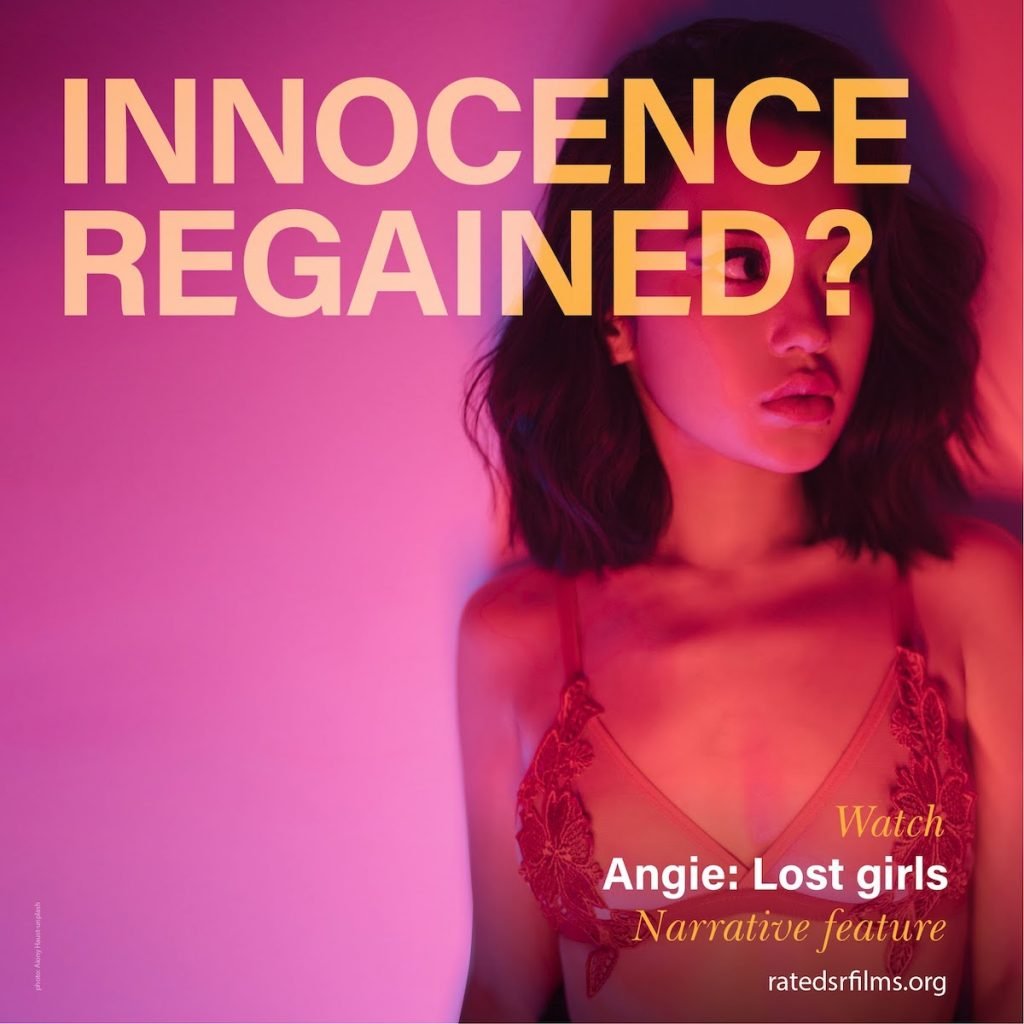
Can you speak about some of the films (and corresponding themes) that will be shown that you think are especially relevant for our current world?
The “Climate Change and Sustainability” category has a very powerful film called “Stalking Chernobyl.” It’s a documentary about Chernobyl today, after all these years, and how tourism has picked up. They have a machine that measures the radiation, and while visitors aren’t just walking around getting radiated, it’s still dangerous.
It’s interesting because the film shows you the devastation, but there is also a huge contrast between the greenery and the buildings, which are completely abandoned and destroyed.
Disability is a theme, but we’re not focusing on disability from a clinical or a graphic point of view, rather, we’re approaching it from the positive side, to draw people’s attention to the fact that disability is sometimes in the mind of the beholder. So, out of respect for people who have disabilities, I called our second theme “Disability in a Positive Light.”
This theme has a film called “I Married My Mother.” The film is about a young man whose mother has Alzheimer’s. He has to take care of her, and he stumbles across a stack of letters that his father wrote to her when they were first in love and he starts reading them to her. The memory of the love moves something in her, whereas in reality, she’s completely disconnected from the world.
The Genocide category is important, we have a couple of very urgent films about Brazil and how the people in Favelas are being treated. There is a piece about the Armenian genocide, about a young filmmaker who goes to his ancestral village in Turkey after a genocide.
We also have a Rwandan piece about forgiveness, about the people who have massacred each other or have been harmed by another group who now have to live together and accept reality—it’s very powerful.
The “Migration and Immigration” category has a few strong pieces. When I’m selecting, I concentrate on the quality of the piece and the social relevance. Then, when I sit and talk about the program as a whole, I am struck by the importance of these films.
The other themes are “Empowering women,” “Forms of Protest,” “Genocide and Survival,” “Home and Belonging,” “Human and Sex Trafficking,” “Indigenous People and their Rights,” “Migration and Immigration,” “Race,” “Prejudice and Discrimination” and “Youth and Children.”
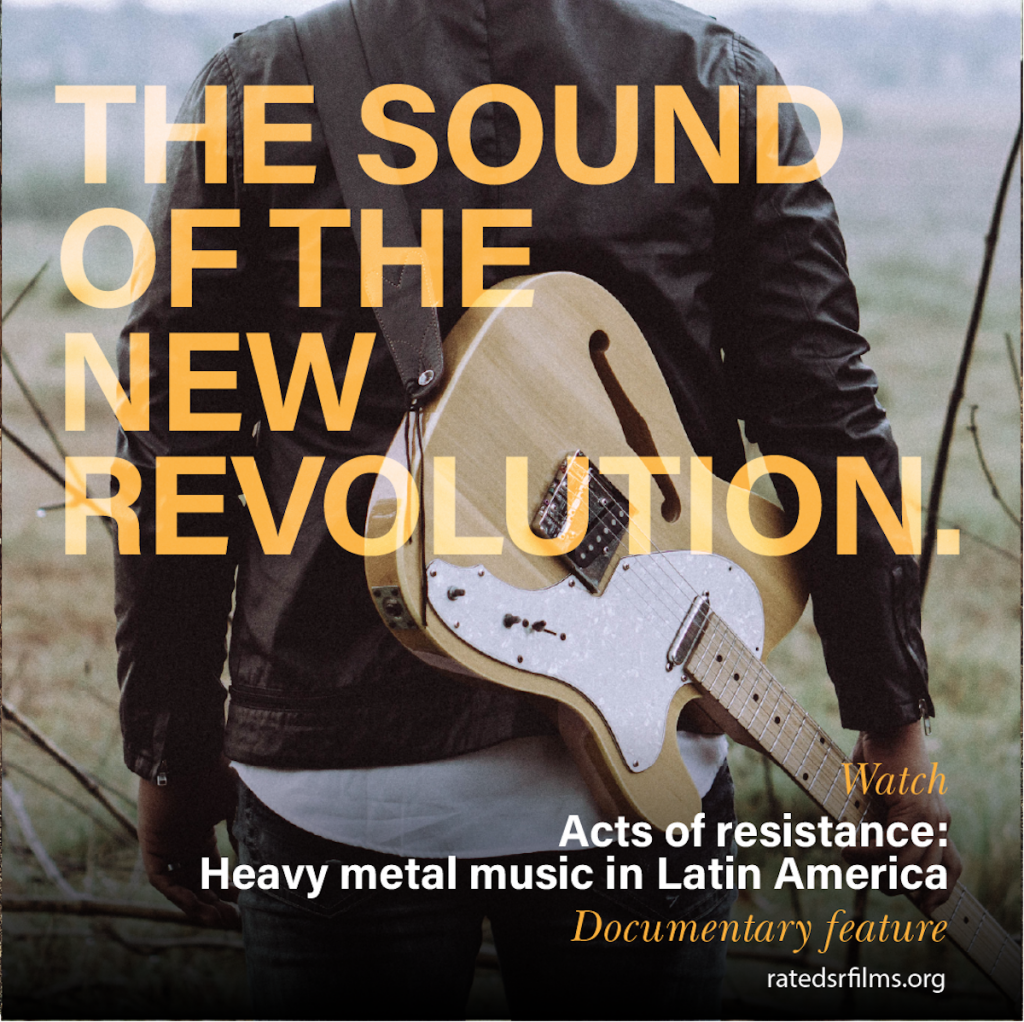
As a society, how can we better focus our attention on these kinds of urgent social justice issues? How can film be a way to shine a spotlight on these stories and make people pay attention?
Film has a lot of potential—it’s a powerful medium, but it’s not always used to the maximum, because a lot of people only focus on what will make the most money, instead of drawing attention to some important human issue. My hope is that this will be reversed, and I am already seeing that trend.
Years ago, when I first started the Socially Relevant Film Festival, only one or two festivals would showcase films related to social issues, and everything else was commercial stuff.
Now, we’re seeing a lot of films that discuss social issues. All the Oscar contenders this year are dealing with important social issues. So, my hope is that, going forward, 80% of the films will be socially relevant, and then maybe 20% will be more for pure entertainment. After all, we still need entertainment sometimes!
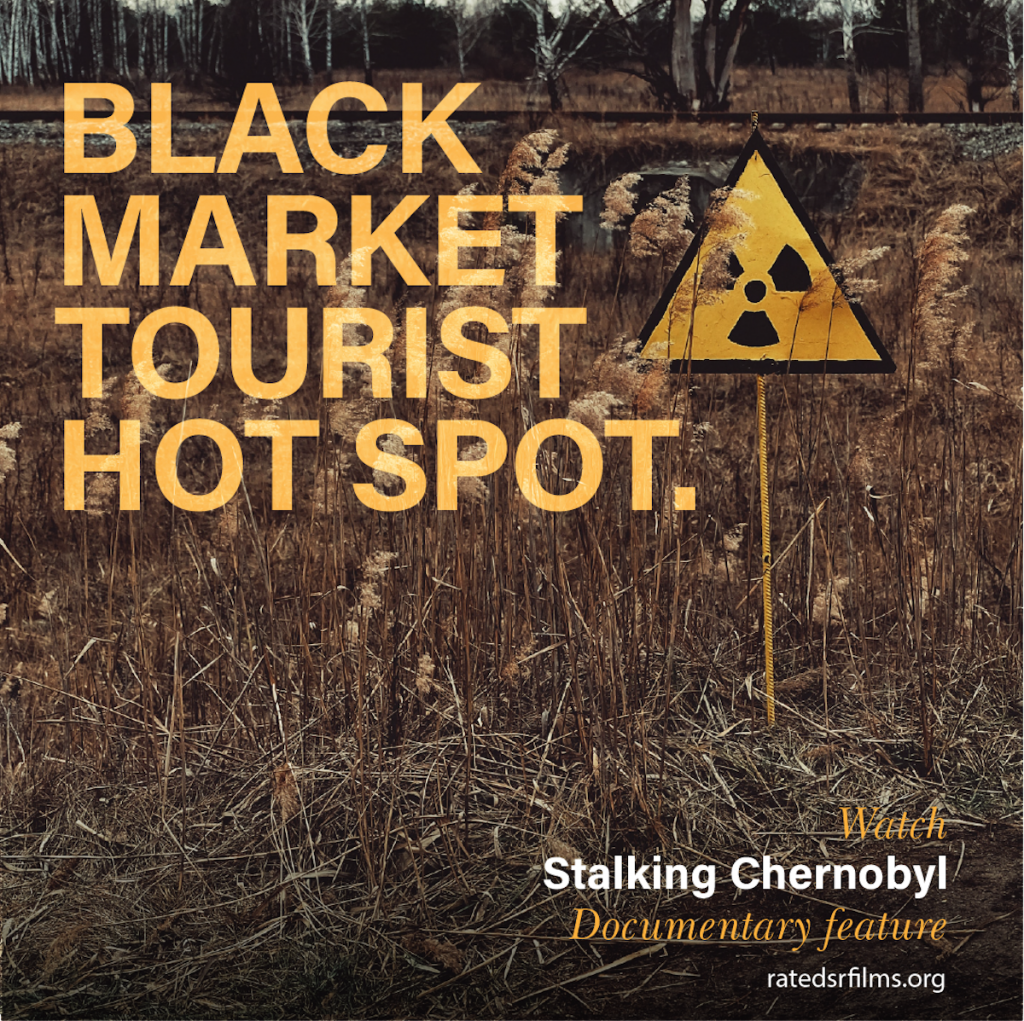
The film festival is normally in person but has shifted to online, both in 2020 and now once again in 2021. How has the pandemic affected your approach to the festival in terms of content and operations?
The last three years, the festival took place at Cinema Village, but, of course, last year we were online. We were actually supposed to graduate to Lincoln Center, and we were expecting to have a big opening at the Elinor Bunin Munroe Center—all those dreams were shattered by COVID.
I was very upset about it at first, because we were four days short of our grand opening at Lincoln Center, we were just coming out of a fantastic interview that we did with a filmmaker at the Web API radio station.
Then, I received the news that everything was closed, and months and months of work would go down the drain. However, all the filmmakers were supportive, so we moved everything online and we actually tripled our audience!
We also tripled our subscriptions on our YouTube channel! I encourage people to subscribe, because all the scheduled talks with the filmmakers are now taking place on YouTube!
This has been a journey and each year, each obstacle has taught us something. The online version is reaching a much wider audience internationally and we are able to interview every single filmmaker.
On International Women’s Day, our first panel was with all the women filmmakers in the festival. Over 50% of the filmmakers are women even though we did not go out of our way to find women filmmakers. We went after quality. Now, we have about 16 or 17 women filmmakers who have expressed availability and interest in this panel, and we are partnering with Flixa TV on this, which is like a Netflix platform that only shows women-directed films.
We also introduced a new category called “Life During COVID” which has films that were either filmed during COVID, by Zoom or are about the pandemic itself.
I was optimistic about going back to the cinemas this year, but having such a good turnout online and reaching a much bigger audience made me think that maybe we should do a hybrid edition. Unfortunately, it’s still online only. I guess the silver lining is that the pandemic has helped in a way, because it made me think outside the box.

Where can audiences access the festival this year, and is there any additional information that the audience should have?
The best way is to go to our own website. It has the schedule of events, film programs, and tickets, and even the prices are mentioned. The films are also listed under category and theme, like documentary or short narrative, so when you go there and click that page, you’ll see all the trailers of the films in that category.
Underneath the title of that film, is the link you can use to purchase the ticket to that film. It’s much better to browse our website first and check things out, and then find the films in the list that you like, purchase the tickets, and voila! You can watch them in the comfort of your own home without having to wear a mask.
This is our Eighth Annual edition. I want to thank everyone, thank our team, volunteers, interns, our sponsors and partners, our jury, our moderators, the panelists who dedicate their time and energy. I’m grateful to everybody who has been associated with the Socially Relevant Film Festival in some way or another.
Of course, thank you to our faithful audience, who come back year after year. I’m seeing the names of the people who are purchasing the tickets who were here before, and the fact that they want to come back prompts me to think we’re doing something right!
The 2021 Socially Relevant Film Festival will take place online the week of March 14 to the 21. You can find more on the festival’s website, YouTube, Instagram, Facebook, and Twitter.



